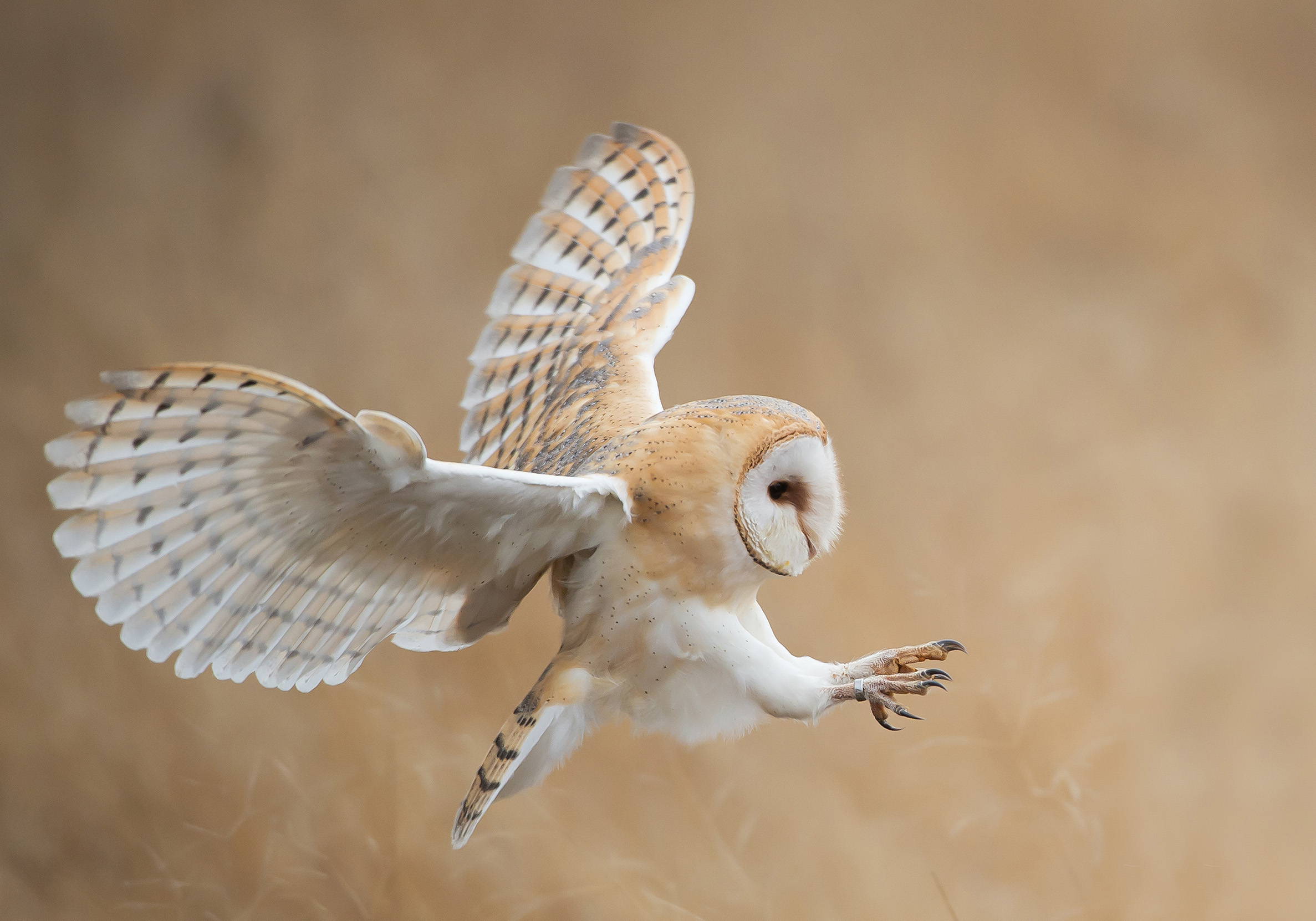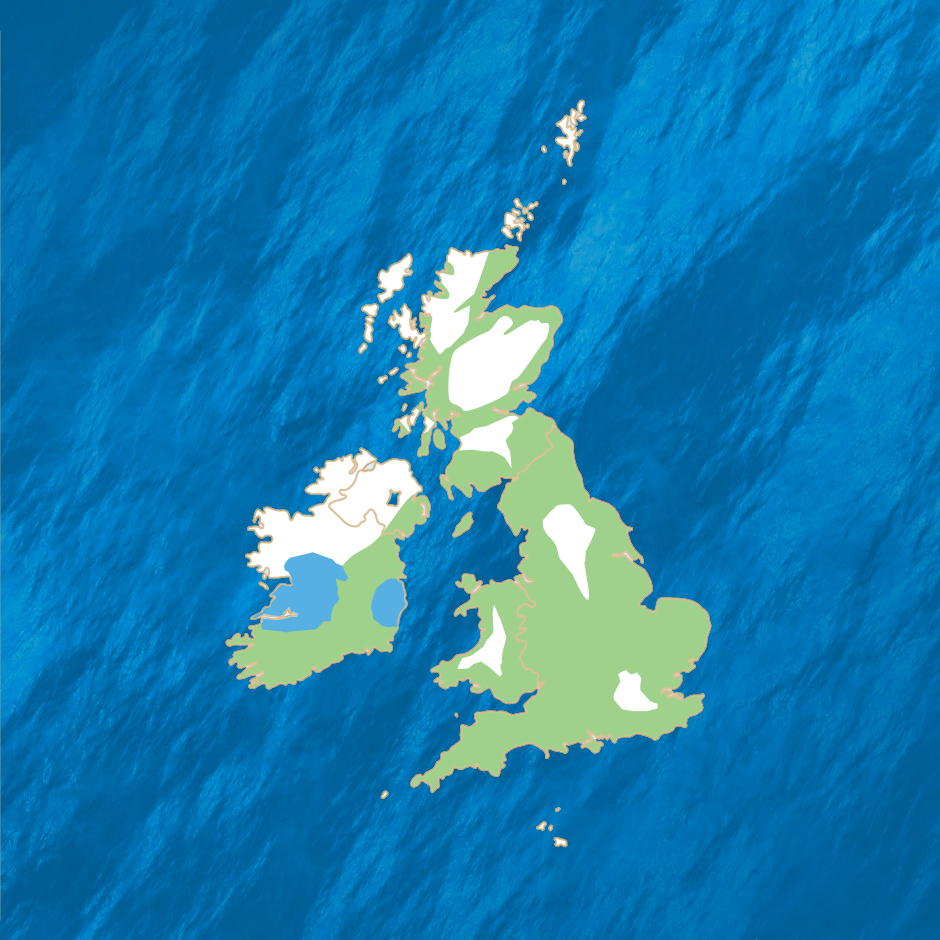How to identify
With a heart-shaped face, beige back and wings and pure white underparts, the Barn Owl is a distinctive and much-loved countryside bird. Widely distributed across the UK and the rest of the world, this bird suffered declines through the 20th century and is thought to have been impacted by organochlorine pesticides such as DDT in the 1950s and 1960s.
Nocturnal birds like the Barn Owl are poorly monitored by the Breeding Bird Survey and, subject to this caveat, numbers may have increased between 1995-2008.
Barn Owls are a Schedule 1 and 9 species, meaning it's illegal to intentionally or recklessly disturb them, and it's also illegal to release them into the wild in the UK.Key
- Resident
- Passage
- Summer
- Winter
* This map is intended as a guide. It shows general distribution rather than detailed, localised populations. - Jan
- Feb
- Mar
- Apr
- May
- Jun
- Jul
- Aug
- Sep
- Oct
- Nov
- Dec

